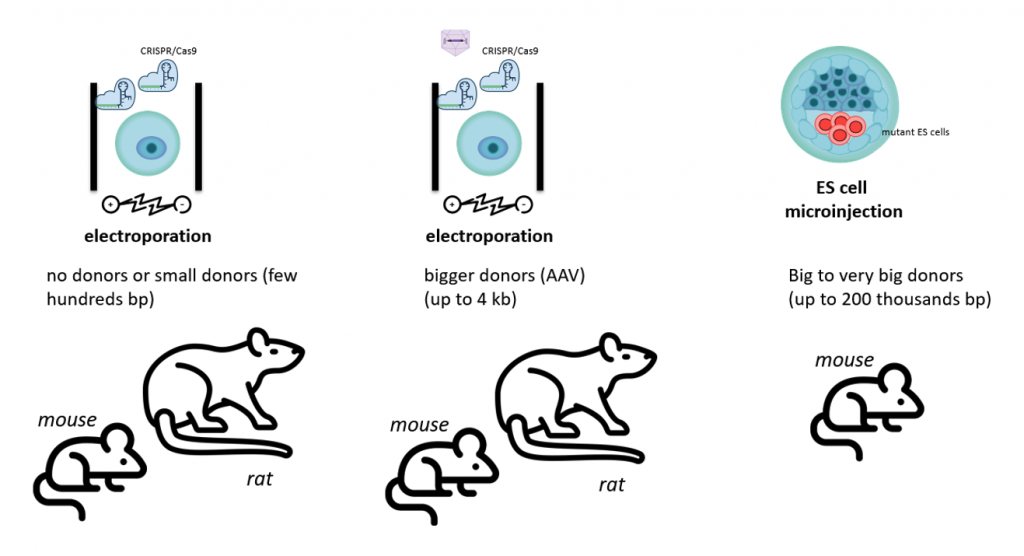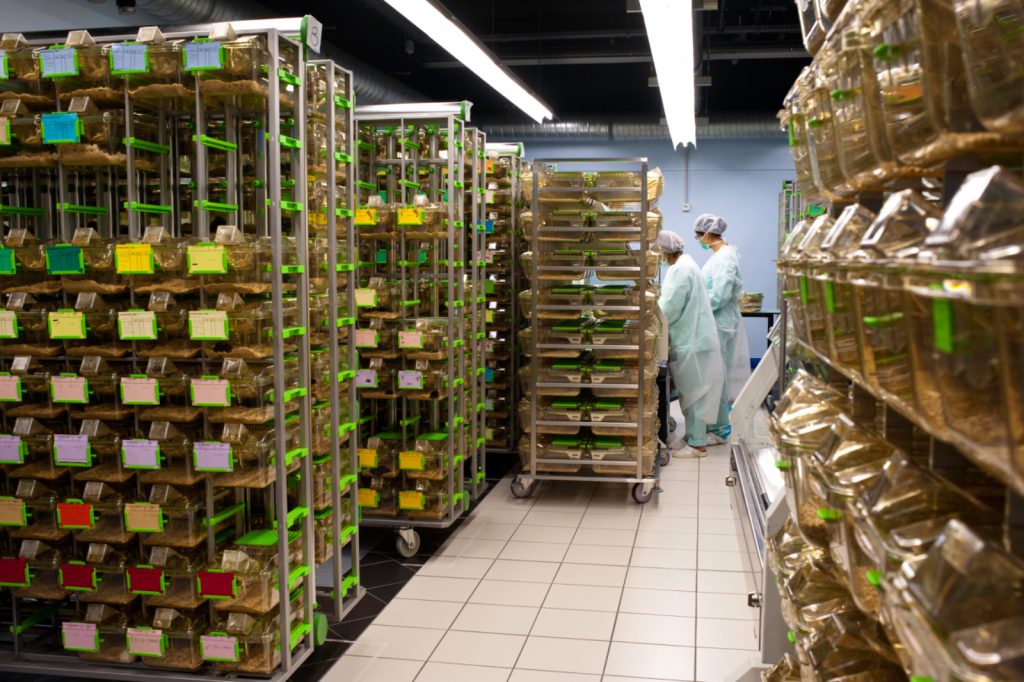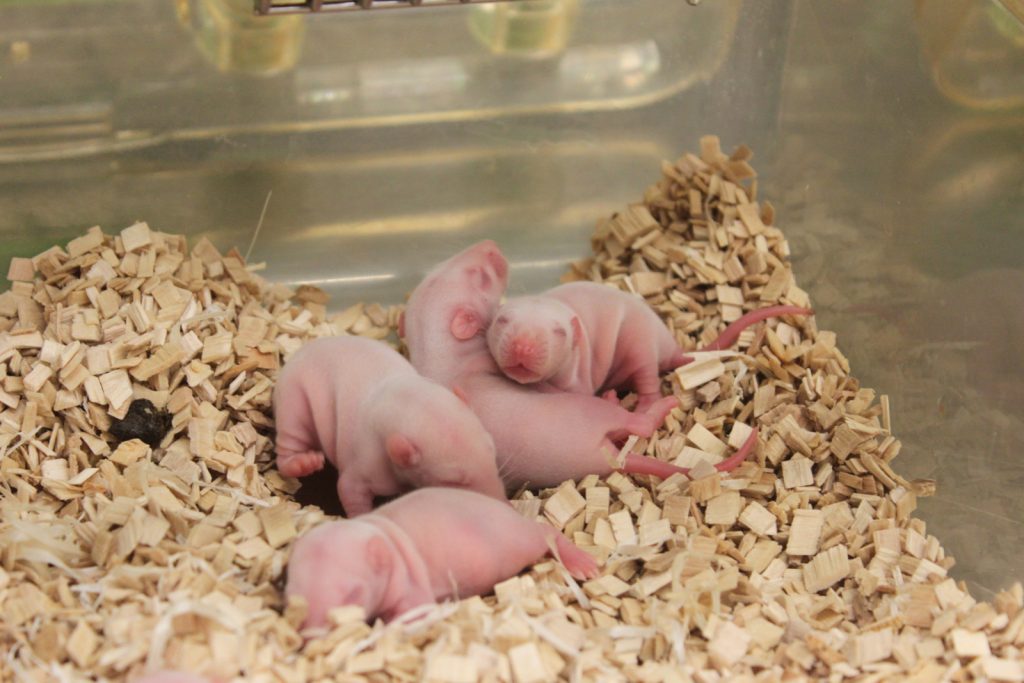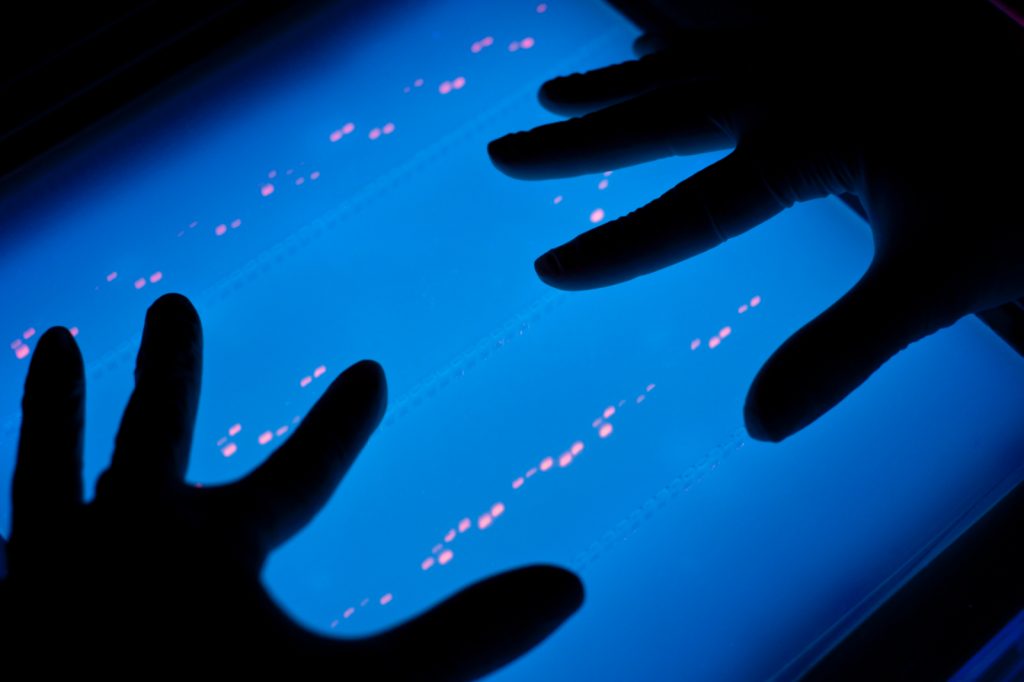-
Birling MC, Yoshiki A, Adams DJ, et al. A resource of targeted mutant mouse lines for 5,061 genes. Nat Genet. 2021; Apr;53(4):416-419. doi: 10.1038/s41588-021-00825-y.
-
Birling MC, Schaeffer L, André P, et al. Efficient and rapid generation of large genomic variants in rats and mice using CRISMERE. Sci Rep. 2017; Mar 7;7:43331. doi: 10.1038/srep43331.
-
Scekic-Zahirovic J, Sendscheid O, El Oussini H, et al. Toxic gain of function from mutant FUS protein is crucial to trigger cell autonomous motor neuron loss. EMBO J. 2016; May 17;35(10):1077-97; Epub 2016 Mar 7. doi: 10.15252/embj.201592559.
Service Description:
The Institut Clinique de la Souris (ICS)’s mission is to develop the most adapted, highly physiologically relevant animal models for researchers’ programs. The genetic engineering and genome editing services are flexible and extensive to help researchers generate their custom-made mouse or rat model, from the design of tailored strategies to the functional validation of the mouse model. ICS’s capabilities extend to sophisticated genetic engineering and genome editing, ensuring that custom models meet precise research needs.
Since its inception in 2002, ICS has successfully developed over 2,500 mouse and rat models for diverse collaborators that include academic institutions, European Union projects, and major pharmaceutical companies. ICS is dedicated to innovation in its field. Its approach includes the use of C57BL/6N embryonic stem (ES) cells, which are microinjected into blastocysts to produce a variety of mouse models. ICS continuously refines its techniques and standardise processes to accelerate development times. Utilising CRISPR/Cas9 technology, it offers a rapid and cost-effective method for creating mutant mouse and rat models. This technology allows to provide knock-out and knock-in models through electroporation of fertilised mouse oocytes, combining CRISPR/Cas9 components with or without donor DNA. This method not only shortens production times but also reduces costs when compared to traditional gene targeting via homologous recombination in ES cells.
ICS is also at the forefront of rat genetics, expanding the possibilities of research with new rat models made possible through CRISPR/Cas9 genome editing. To secure every project, ICS provides quality control procedures and develops a quality management system. Additionally, each model can be validated at the DNA (ddPCR, Southern Blot), RNA (Northern Blot) or protein level (Immunohistochemistry, Western Blot).



